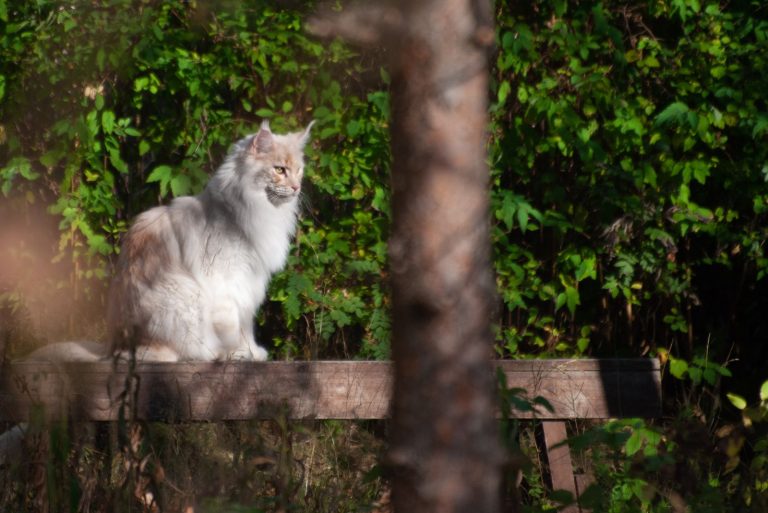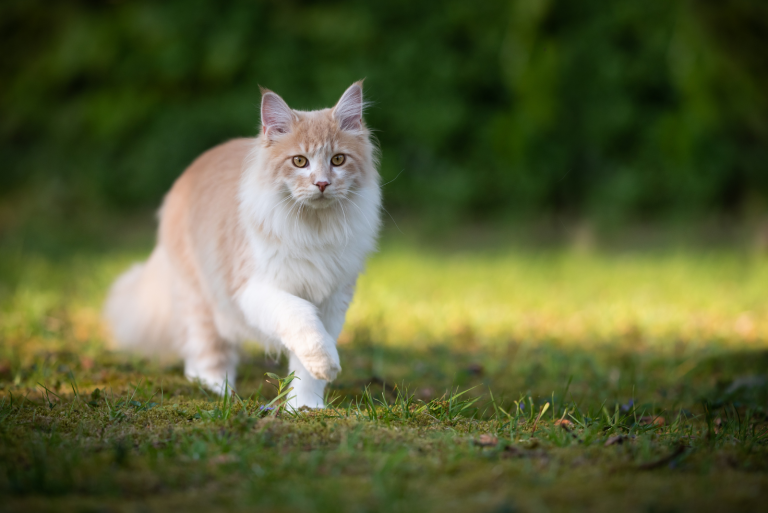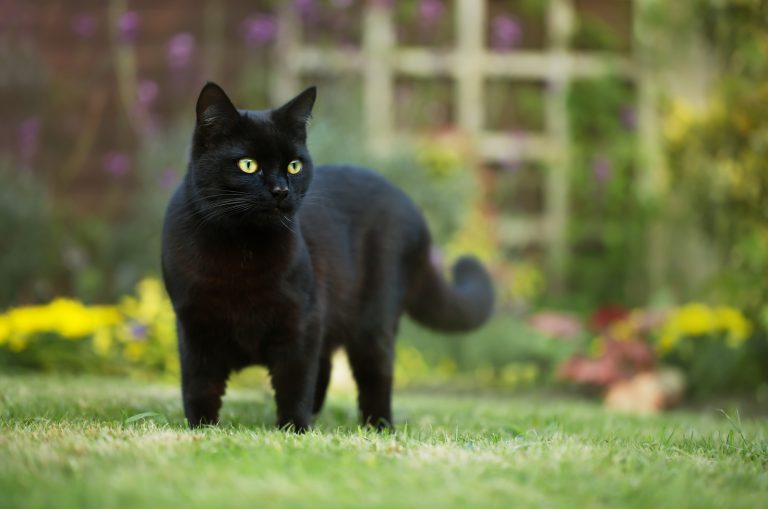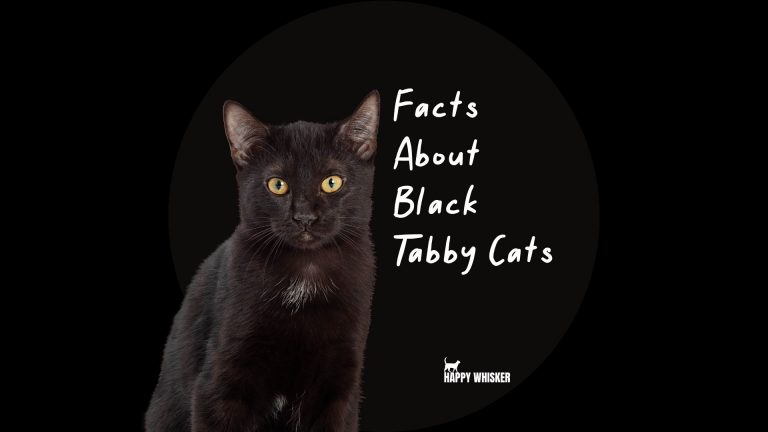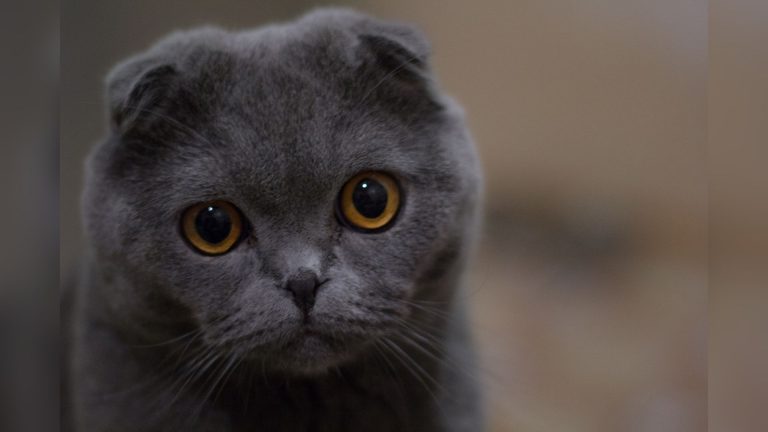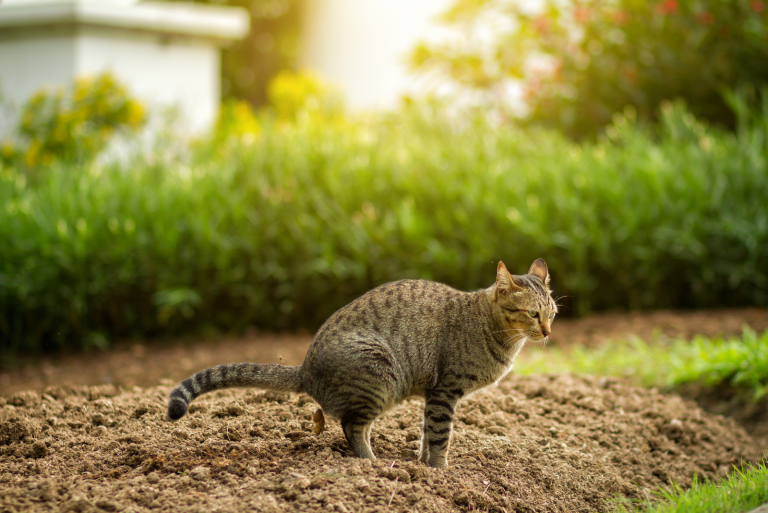Are Ragdoll Cats Hypoallergenic? Tips For Allergy Sufferers
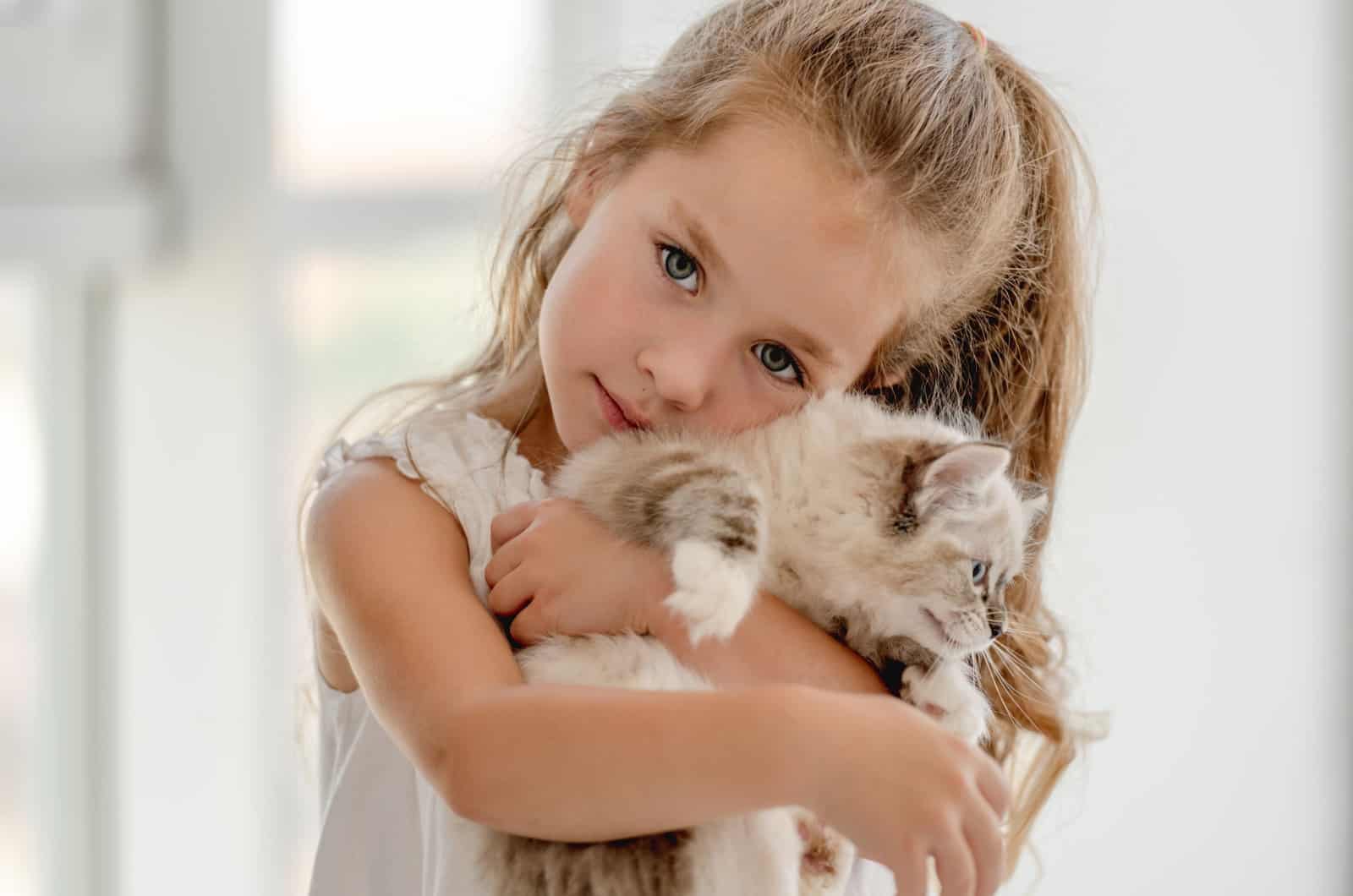
Ragdoll cats are a famous cat breed because many people fall in love with the breed. They have almost everything that a cat owner could wish for. However, because of their long hair, many people think that they’re very hard to maintain.
Actually, it’s completely the opposite. Even though Ragdolls have long hair, they don’t shed a lot because they don’t have an undercoat. Of course, the amount of loose hair increases during the shedding season, but not too much.
That shedding part of Ragdoll cats intrigues many people who are allergic to cats. Unfortunately, nowadays, there are more and more allergy sufferers.
So, what if those allergy sufferers are also cat lovers? Is there anything they can do to combine these two things, such as hypoallergenic cats? Are Ragdoll cats hypoallergenic? Read on and find out!
Are Ragdoll Cats Hypoallergenic?
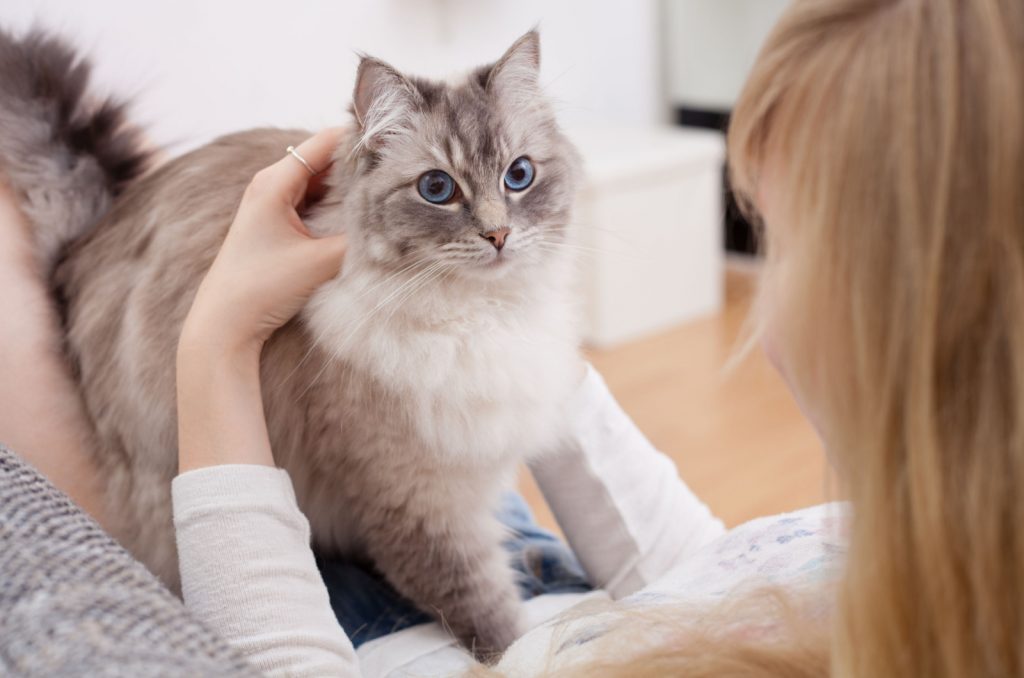
Ragdoll cats are one of the most beautiful and popular cat breeds. The main reasons for that are their unique looks and desirable personality.
There are a lot of people with cat allergies who want to have a furry little Ragdoll kitten. Therefore the question that pops up is, are ragdoll cats hypoallergenic? Unfortunately, the answer is no.
If you want to learn more, such as why are Ragdoll cats considered to be non – hypoallergenic, what causes allergies in humans, and what you can do with your allergies, keep reading as it may be life-saving.
Read on to find out if Bengal cats are hypoallergenic!
Why Are Ragdoll Cats Considered To Be Non – Hypoallergenic?
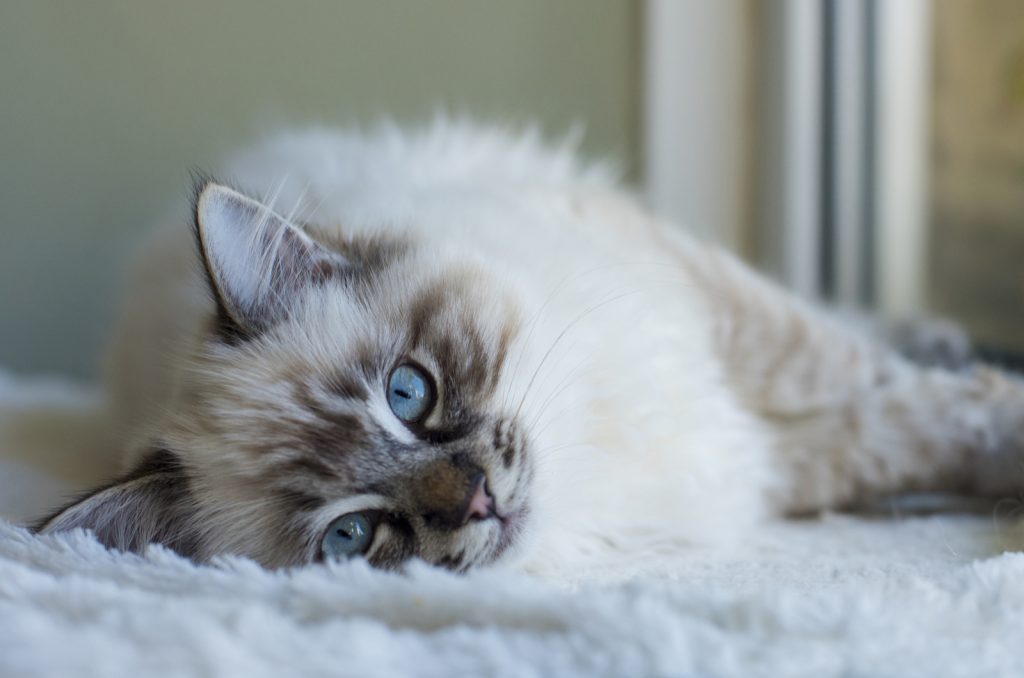
One of the interesting facts about Ragdoll cats is that they have long hair but don’t have an undercoat. So, even though they have long hair, they have a minimal amount of shedding.
Does that mean that Ragdoll cats are hypoallergenic? Unfortunately, no, Ragdoll cats aren’t hypoallergenic.
However, due to the lack of an undercoat, the chances of a Ragdoll cat causing allergies are minimal compared to other cat breeds.
Still, that doesn’t guarantee you’ll be allergy-free with a Ragdoll pet. The reason for that is because it’s not a cat’s hair that causes allergic reactions but a protein called Fel d1 that can be found in the cat’s saliva, urine, and skin.
The Main Culprits For Allergies

As previously mentioned, the protein responsible for allergic reactions is called Fel d1, and it can be found in a cat’s saliva, urine, and skin.
Therefore, while cats groom themselves, they leave their saliva everywhere. After that, the cat’s skin produces dander that also contains Fel d1 protein which is the main culprit for allergic reactions in people.
So, when cats shed, dander falls out along with the cat’s hair, spreading it around your home and air, thus increasing the chances of breathing allergies.
It’s also proven that a cat’s urine contains this protein Fel d1. That means that you should also clean the cat’s litter box and change the litter more often.
On the other hand, if you’re more prone to skin allergies, specific reactions, such as skin rashes, may happen after coming in contact with the cat’s saliva on their fur and similar.
You’ll have to pay more attention to these things, especially during the shedding season, because it’s the period when the chances of certain allergic reactions increase.
Luckily, there are several things you can do to reduce the amount of a Ragdoll cat’s shedding. It’s beneficial, so keep reading and find out!
See also: Are Maine Coons Hypoallergenic? Yes And No – Here’s Why
Tips To Reduce The Ragdoll’s Shedding
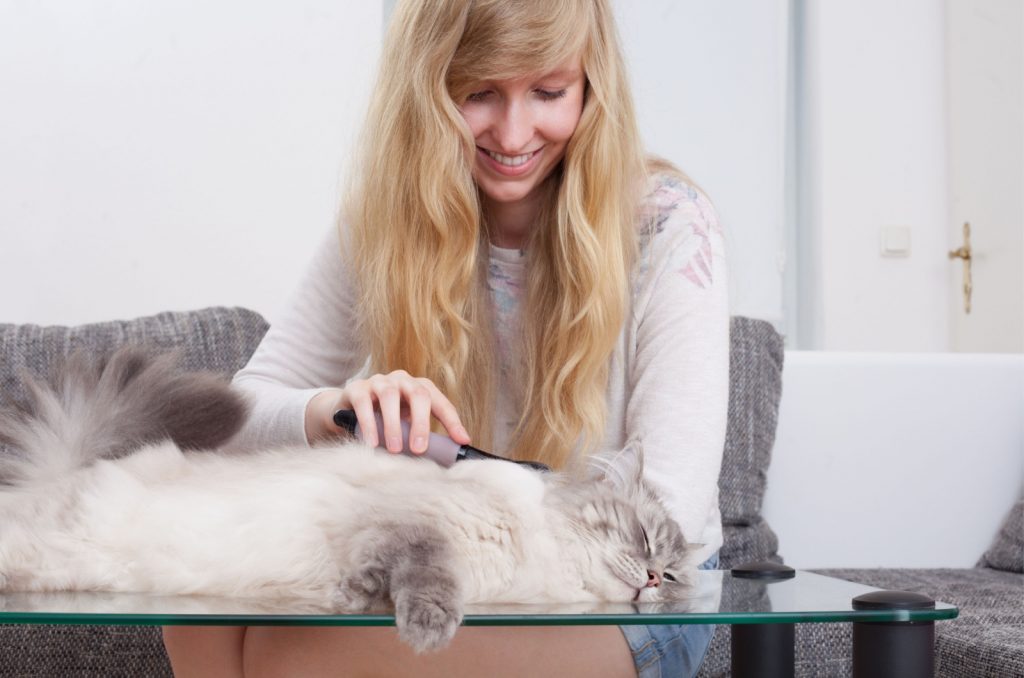
Ragdoll cats have lower shedding mostly because they don’t have an undercoat. However, shedding increases during the shedding season, at least twice a year, in spring and fall.
If you’re an allergy sufferer and a Ragdoll cat owner, you may want to know how to reduce the Ragdoll’s shedding. So, check out the following tips!
• Frequent brushing – Ragdoll cats have medium-long hair without an undercoat. They don’t shed a lot throughout the year; however, during the shedding season, the amount of loose cat hair in your home increases.
So, to stop that, it’s crucial to brush your Raggie frequently throughout the year. That way, you’ll help the cat get rid of the loose hair and prevent it from spreading around your home.
More importantly, with regular brushing, cats will groom themselves less, so they won’t spread the saliva on their coat.
• Frequent bathing – bathing is as important as brushing. If you bathe the cat often, you’ll reduce the amount of loose hair and dead skin and prevent it from spreading around your environment.
• Top-quality cat food – believe it or not, a proper diet is vital in maintaining your Ragdoll cat’s coat.
Cats with longer coats, like Ragdolls, have more hairball issues than some cats with short coats. Therefore, it’s essential to choose the right food for your feline friend that will help them reduce the number of hairballs that can also cause allergic reactions.
With these tips, your cat will shed less dander; therefore, your environment will be healthier and safer.
A REMINDER: While caring for the cat’s fur to minimize the amount of shedding, it would be best to use gloves or masks or simply to have someone else do the job for you.
That way, you won’t trigger any allergic reactions, such as sneezing, breathing difficulties, skin rashes, etc.
Is There Such A Thing As Hypoallergenic Cats?
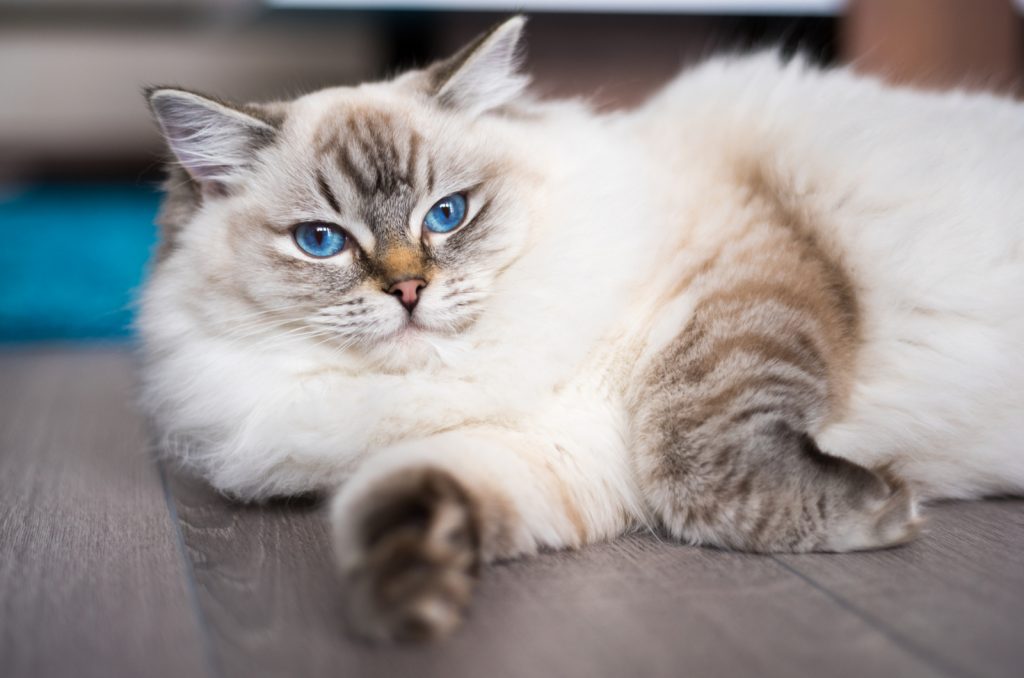
Not even one cat is a hundred percent hypoallergenic; therefore, they don’t exist. However, some cat breeds are considered to be hypoallergenic because they produce a lower amount of dander and Fel d1 protein.
Still, people with severe allergies shouldn’t own or get near cats for their own sake. On the other hand, people with mild allergies should try spending some time with one of the cat breeds from the list of possibly hypoallergenic cats.
If they don’t show any serious symptoms, it’s a good sign. However, if they experience severe negative consequences, we know what that means.
So, it’s better to try spending time with someone’s cat and see the results rather than buying a cat and realizing that you cannot live with it.
You may also want to know more about the hypoallergenicity of black cat breeds!
Cat Breeds That Can Be Found On The Hypoallergenic List
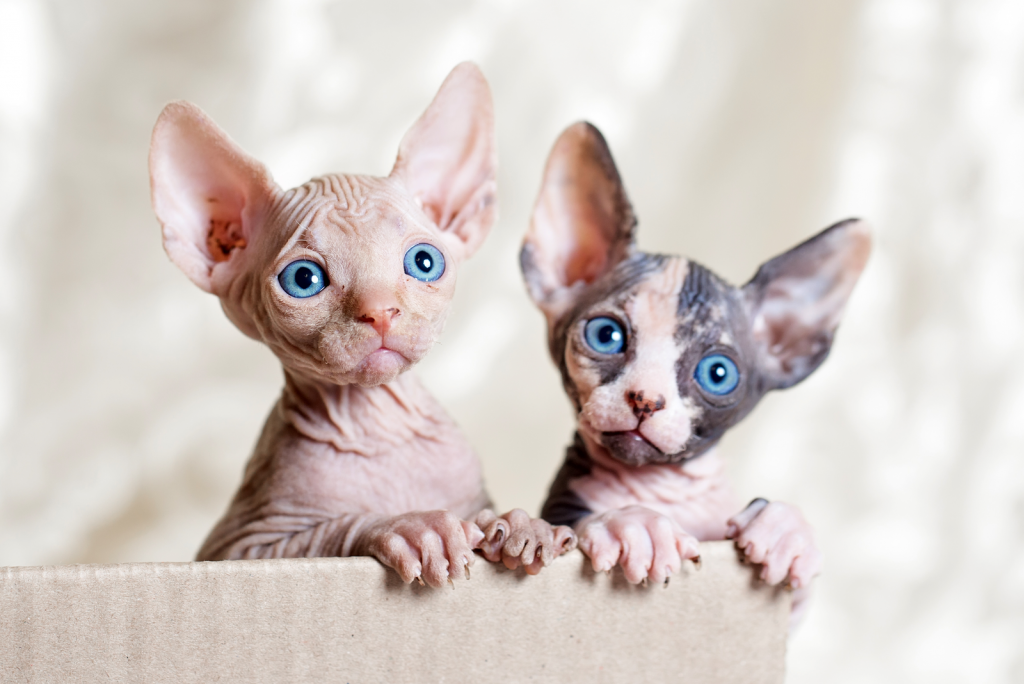
As there are no real hypoallergenic cats, some cat breeds are possibly hypoallergenic due to the lower dander production that causes allergic reactions.
Still, remember that this doesn’t mean you won’t have allergic reactions to these breeds. It’s essential to test it first, and it’s safer for people with only mild allergies.
So, check out the list of possibly hypoallergenic cat breeds!
• Sphynx cats – just because they are almost hairless cats, it doesn’t mean they don’t produce dander that causes allergies. They produce it but in lower amounts compared to some other cat breeds. Remember that Sphynx cats require a lot of grooming care.
• Devon Rex – these are considered to be hypoallergenic cats due to their short coat, lower dander production, and lower amount of shedding.
• Cornish Rex – these cats are another possible hypoallergenic breed that requires a lot of grooming even though they have short coats.
• Siberian cats – despite their long coats, they are considered hypoallergenic due to lower enzyme levels in their saliva.
• Balinese cats – these cats are proven to produce lower amounts of the Fel d 1 protein that causes allergic reactions.
• Javanese cats – this cat breed is characterized by a medium-long coat, but it has no undercoat. That means they shed less, producing fewer allergens.
• Oriental Shorthair cat – due to the short coat of these cats, they produce a lower amount of dander, but grooming is still essential to minimize the production of the dander.
• Russian Blue cats – besides having a shorter coat, making it easier to maintain, these special kitties also have lower production of Fel d1. Therefore, Russian Blue cats may be one of the possible hypoallergenic cats.
Am I Allergic To Cats? How Will I Know?

Several signs may indicate that a feline owner has a cat allergy. The symptoms that I’m about to mention usually happen after contact with your feline friend, such as petting it, your cat licking you, grooming it, and similar.
Symptoms of cat allergies include:
• Sneezing
• Itchy eyes
• Itchy skin
• Skin rash
• Runny nose
• Coughing
• Congested nose
• Breathing difficulties
More importantly, the allergies may be either mild or severe. In any case, it’s important to consult with your doctor if you suspect that you have cat allergies, and the doctor will advise you on what you should do next.
Until then, or if you have only mild allergies, you can check out the following tips on how to minimize allergies.
Check out: Why Say ‘Hypoallergenic Munchkin Cats’ If It’s Not Possible?
How To Minimize Cat Allergies?
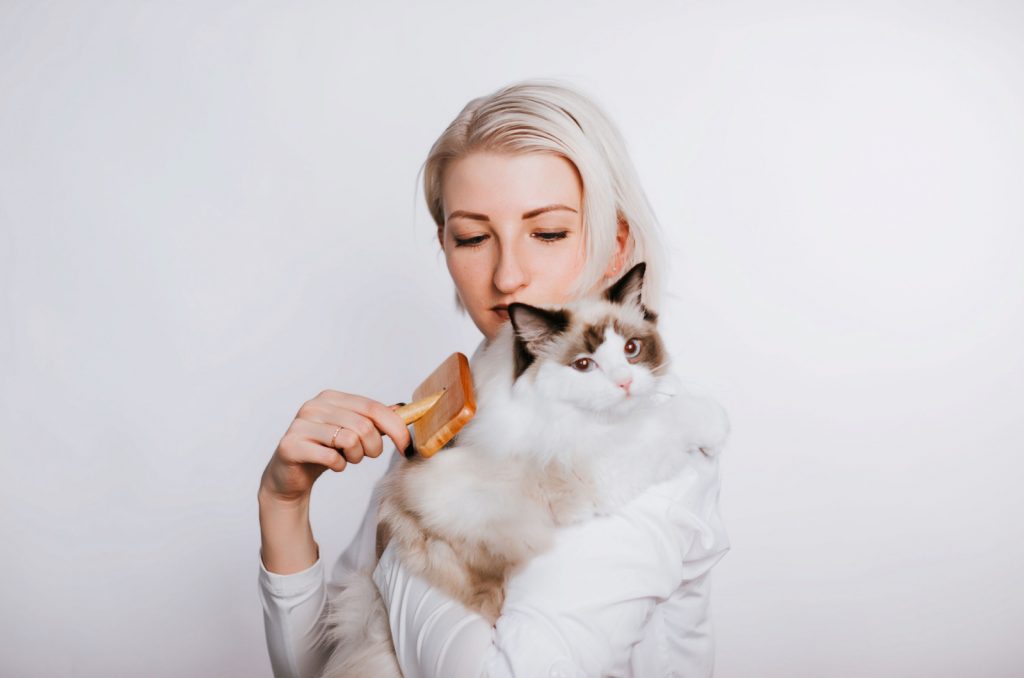
Check out the following tips on how to minimize cat allergies and continue living a happy life with your best cat friend!
Groom The Cat Often
As previously mentioned, brushing and bathing the cat frequently is of great importance. That way, you reduce the loose hair and oils from the cat’s skin that may cause allergic reactions.
With proper grooming care, cats will shed less dander, resulting in lower risk of cat allergies. If you have severe allergies, you should find someone to groom your cat.
Wash Your Hands After Touching The Cat
It’s important to wash your hands thoroughly after petting or doing anything with your cat and its things. Especially ensure you avoid touching your eyes or nose until you wash your hands, as this can cause reactions.
Clean The Cat’s Litter Box Frequently
A cat’s urine can also contain this protein Fel d1, responsible for allergic reactions. Therefore, you need to clean the cat’s litter box and change the litter in it often if you want to minimize cat allergies.
Clean Your Home Often
If your feline friend roams completely free around your home, you should clean your entire home often. You can start with vacuuming every single room in your home, especially the carpets, or other places where your kitty likes to snuggle.
Also, clean all the smooth surfaces in case your cat was there too. If you clean and filtrate your entire home often, you should reduce your cat’s loose hair and dander, and make it a perfectly safe, allergy-free environment.
Use HEPA Air Filter
One of the best things for cat owners with cat allergies is the air purifier with the HEPA filter. The High Efficiency Particle Air purifier is a perfect gadget because it captures every pet allergen as the air passes through the filter.
By using this filter, there’s no risk that you’ll spread the allergens around the environment even more. They’re captured inside that filter and can’t escape, leaving you with a healthy and safe environment.
Consult With Your Doctor
If you suspect that you have cat allergies, or if it turns out that you have severe allergies, you should consult with your doctor.
The doctor may recommend certain medications for allergy sufferers such as antihistamines, that can help you relieve the symptoms. Furthermore, it’s important to follow the doctor’s instructions so your allergies don’t worsen.
Conclusion
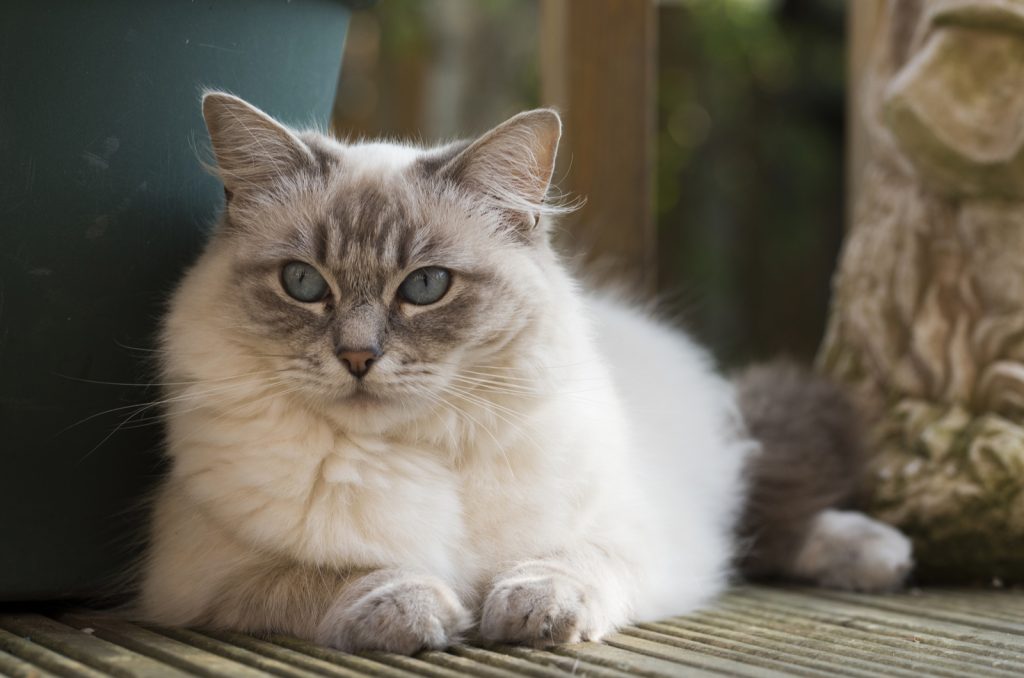
Ragdoll cats are beautiful fluff creatures that may appear in different colors. Unfortunately, many people with cat allergies don’t have the opportunity to cuddle with these lovely cats.
So, if you wonder are ragdoll cats hypoallergenic, the answer may be disappointing as they’re not. Cats produce the protein called Fel d1 that triggers allergic reactions in people, and this protein is usually found in a cat’s saliva, urine, and skin.
Even though Ragdoll cats aren’t hypoallergenic, they produce lower levels of protein Fel d 1 which means that they produce fewer allergens than some other cat breeds. Therefore they may be safe for people with mild allergies, but it’s not guaranteed.
No cat breed is completely hypoallergenic, but some cats produce minimal levels of the protein Fel d1, which is why they’re considered hypoallergenic. If you’re an allergy sufferer who owns a Ragdoll cat, this article also provides tips that can help you minimize cat allergies. So, keep your cat healthy and your environment clean, and you should be safe and happy with your furry friend!

